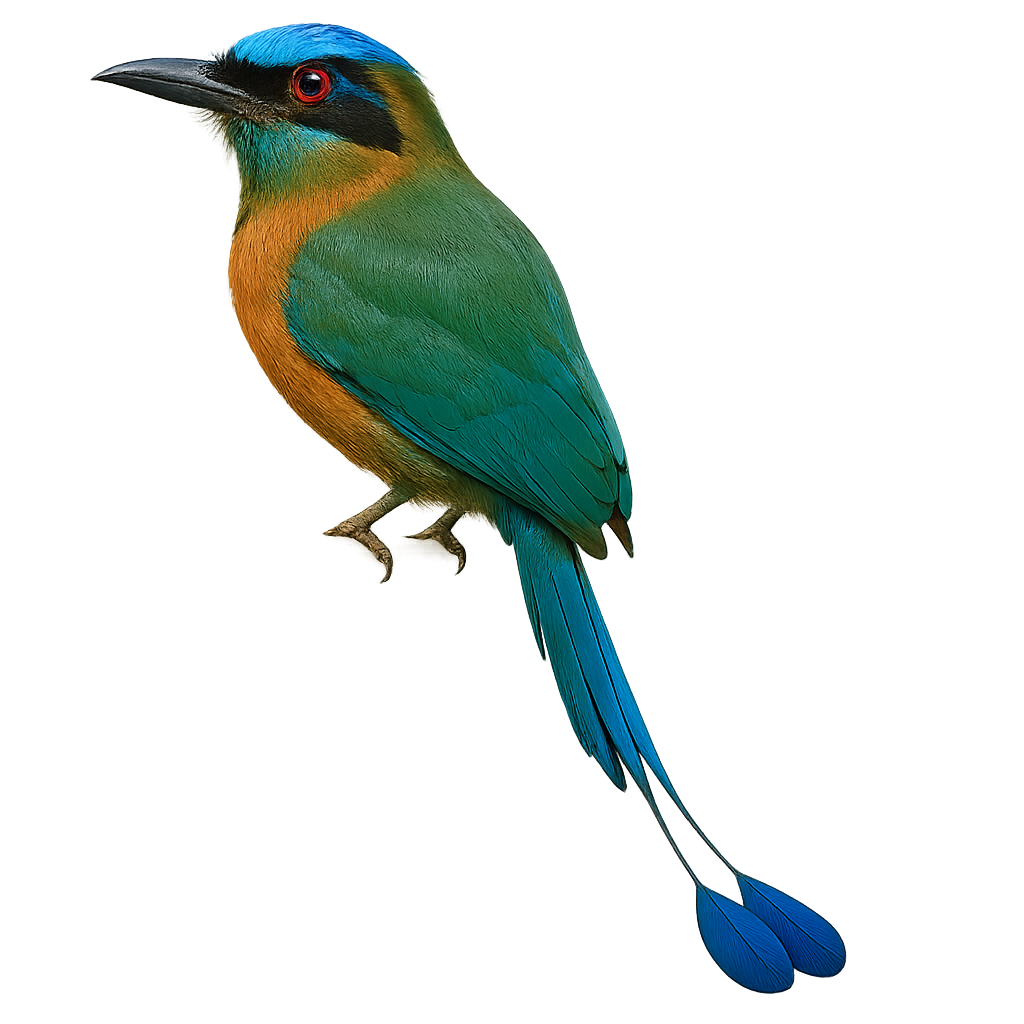Your wildlife photography guide.
Explore the keel-billed motmot in detail, study its behavior, prepare your shots.
Where to observe and photograph the keel-billed motmot in the wild
Learn where and when to spot the keel-billed motmot in the wild, how to identify the species based on distinctive features, and what natural environments it inhabits. The WildlifePhotographer app offers tailored photography tips that reflect the keel-billed motmot’s behavior, helping you capture better wildlife images. Explore the full species profile for key information including description, habitat, active periods, and approach techniques.
Keel-billed motmot
Scientific name: Momotus momota

IUCN Status: Least Concern
Family: MOMOTIDAE
Group: Birds
Sensitivity to human approach: Suspicious
Minimum approach distance: 20 m
Courtship display: March to June
Incubation: 20-22 jours
Hatchings: March to July
Habitat:
Tropical and subtropical forests of Central America, especially in Mexico, Guatemala, and Costa Rica, in wooded and shrubby areas
Activity period :
Primarily active during the day, with peak activity in the morning and late afternoon.
Identification and description:
The Houtouc Motmot is a colorful and fascinating bird, primarily found in the tropical forests of Central and South America, notably in Costa Rica, Panama, and Colombia. It measures about 40 cm in length and is easily recognized by its vibrant plumage, often dominated by shades of blue, green, and orange. What particularly distinguishes this bird are its tail feathers, which are long and feature a characteristic fan at the tips. The Houtouc Motmot is a small predator, feeding primarily on insects, small reptiles, and sometimes fruits. It is often seen perched on low branches, where it watches its surroundings in search of prey before diving quickly to catch it. Although often solitary or in small families, it emits a piercing call to signal its presence. The species is not currently endangered, but it is sometimes threatened by deforestation and the loss of its natural habitat.
Recommended lens:
300 mm – adjust based on distance, desired framing (portrait or habitat), and approach conditions.
Photography tips:
Use a telephoto lens to photograph this hoopoe, especially when it is perched on a branch or flying. The soft light of the morning or evening is ideal for capturing its bright colors and long plumage. Be discreet and respect their space to avoid disturbing their natural behavior.
The WildlifePhotographer App is coming soon!
Be the first to explore the best nature spots, track rutting seasons, log your observations, and observe more wildlife.
Already 1 431 wildlife lovers subscribed worldwide

